Where’s the Gold? from the Jan/Feb 2025 issue of Gold Prospectors Magazine
By: Kevin Hoagland
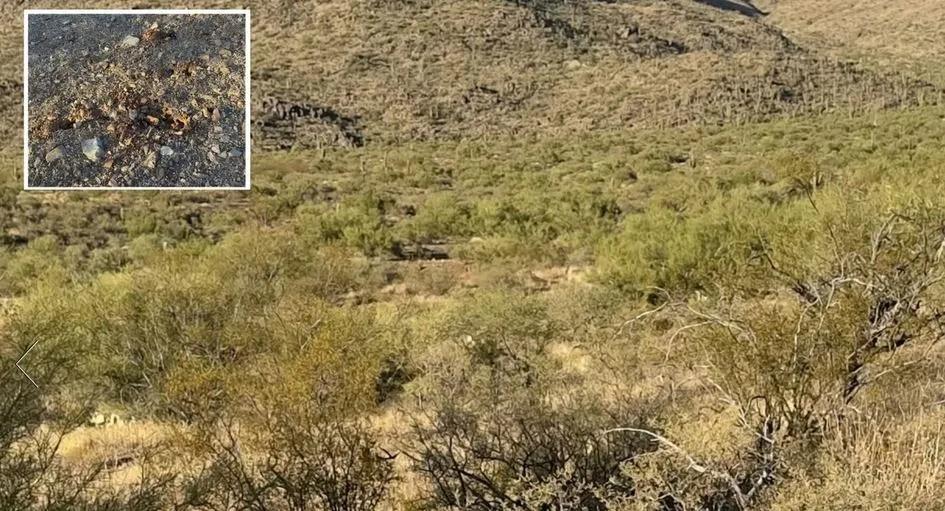
Welcome to 2025 and Where’s the Gold. Based on the feedback that I received from the November/ December issue of the GPAA magazine, every now and then I am going to toss you a hard fastball across the plate. Meaning that there will be no letters to make a multiple-choice decision, there are no letters floating above the ground giving you choices. Don’t worry, it will not be every Where’s the Gold, just a few here and there. So, let’s get going and start out the new year with what may be the hardest/easiest WTG yet.
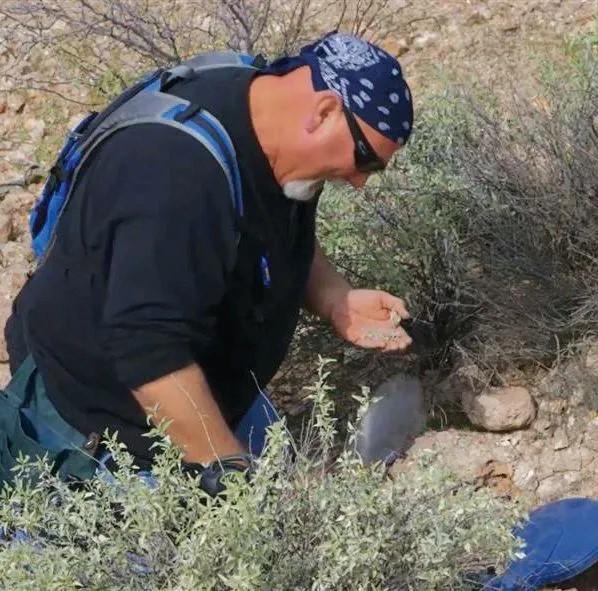
After a summer of research, I had found three different areas that I and my mining partner, Tim, wanted to get out and see if we could find now that fall and winter were settling into the desert. This one, the first, was one that we knew kinda where it might be from research, but we both knew that it was not going to be a walk-up-and-go mining situation.
Research: In 1867, it had been described as a small, rich bench placer that was being drywashed an hour outside of the town of Stanton, close to the mountains where lode mines were now being explored. That was the best information we could find and it also ruled out some areas right off the bat. To the south of Stanton, there were no lode mines in the fan flats. To the east of Stanton, mining had been going on for quite some time, so that left north and west.
We started north to no avail. It just didn’t work per the brief accounting of the area for the bench. We went west. We spent a few hours trying to make one area work for us and again, we just could not find anything that made sense based on the information. We moved farther west, which put us smack dab in the middle of an area where we both had worked over the years. After an hour or so of 360-degree glassing the area (BIG EYES) Tim grabbed my shoulders, turned me a different direction, told me what to look at — what was easy to see — and then go right about 100 feet. I did and then dropped my binoculars down and realized that they weren’t needed at all to see the spot. A minute later we were hauling our detectors and gold pans to the best spot we had seen so far.
The first few targets were boot tacks and rusted tiny pieces of wire; almost giddy, we doubled down. Tim nailed the first nugget around 20 minutes along with both of us finding a lot of junk. I popped my first one about 10 minutes later. And we decided to take a break.
Walking back to the truck, sitting on the tailgate, looking down at the area, he looked at me and said, “I can’t believe we found it.” I looked out at the spot and said, “I can’t believe we missed it.” A perfect hiding-inplain-sight example if there ever was one.
There you go, that is all I am going to give you to find this spot. Over the years we have returned to this spot and we’ve worked it pretty hard detecting and drywashing with some good gold for our efforts.
Good luck, Prospectors, although you most likely know by now that I believe that luck only favors the prepared.
Where’s the Gold Answers
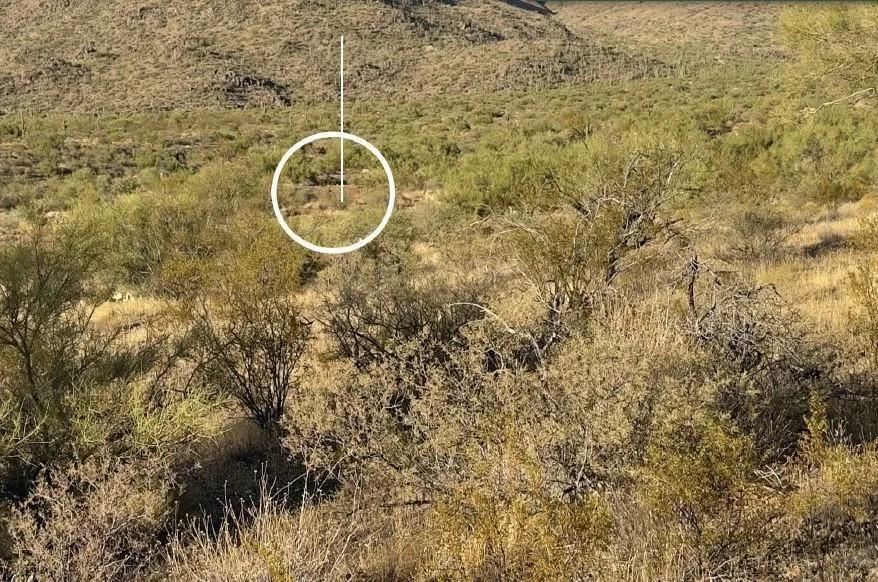
We really did not need binoculars to find this spot. It really is hiding in plain sight when you look with big eyes and then narrow it down to the finite. I still to this day when we go out here say, “I can’t believe we missed it.” It is the one anomaly that is truly different from everything else in the view.
I promise the next Where's The Gold will have floating letters; you’re going to need them.
As an add-on to this, look for one last bit of information on this site somewhere else in the magazine. It gives a huge hint on how we found this.



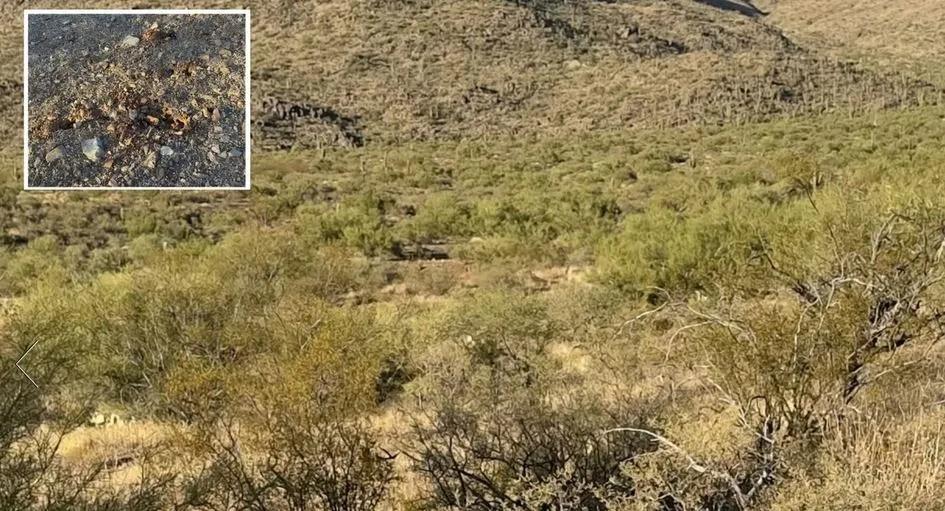
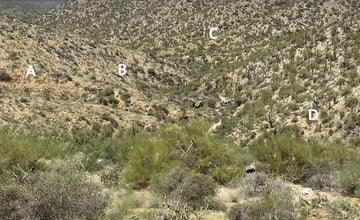
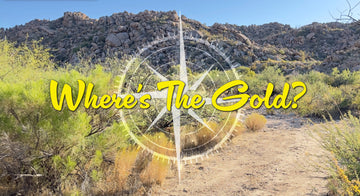
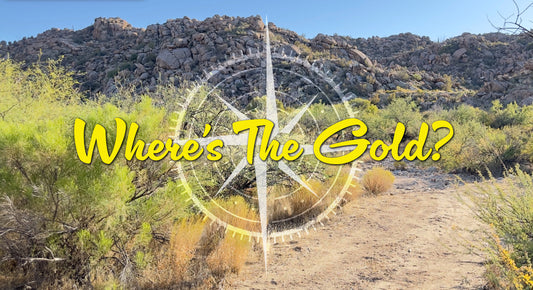
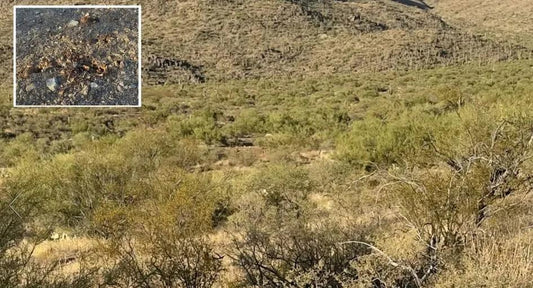
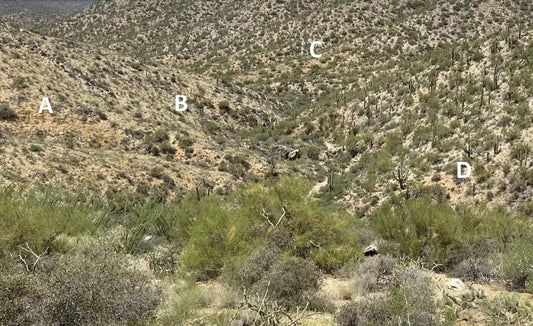

2 comments